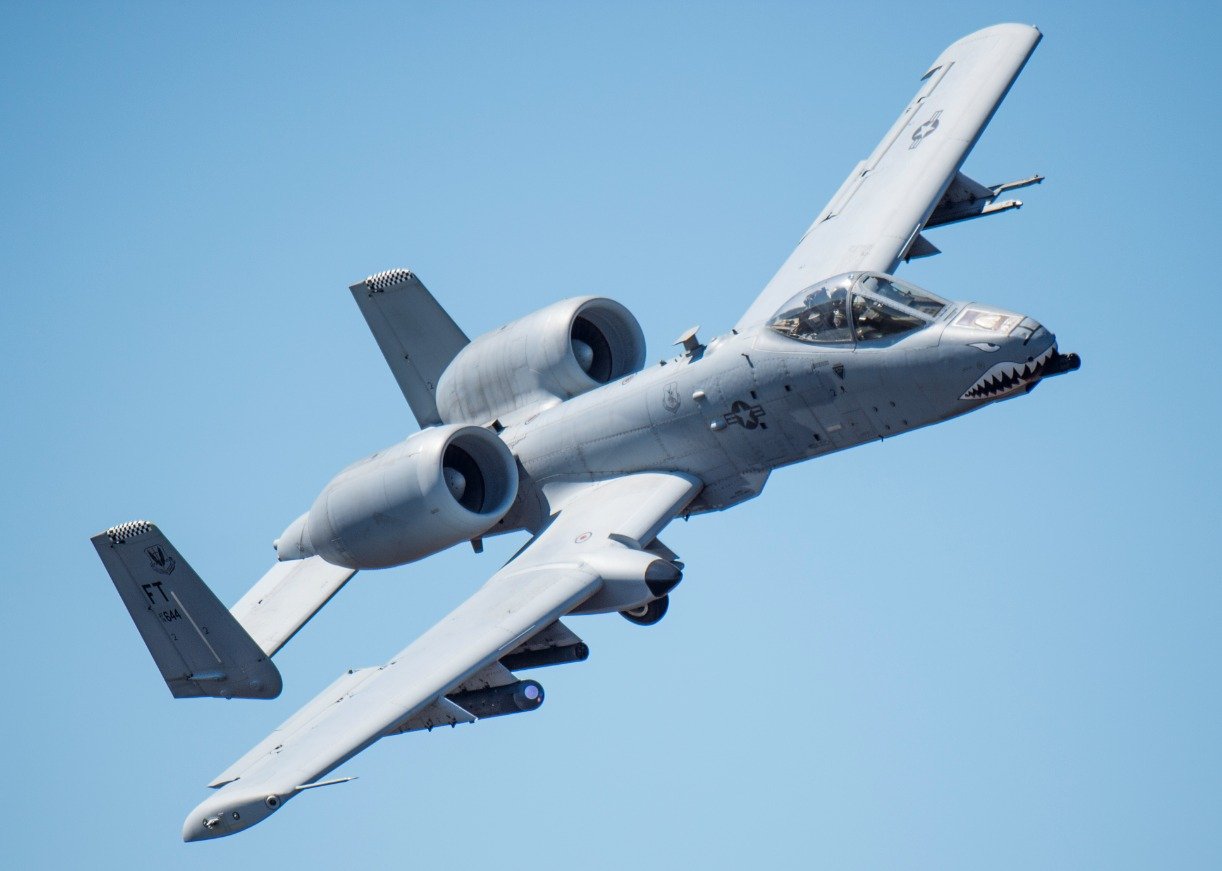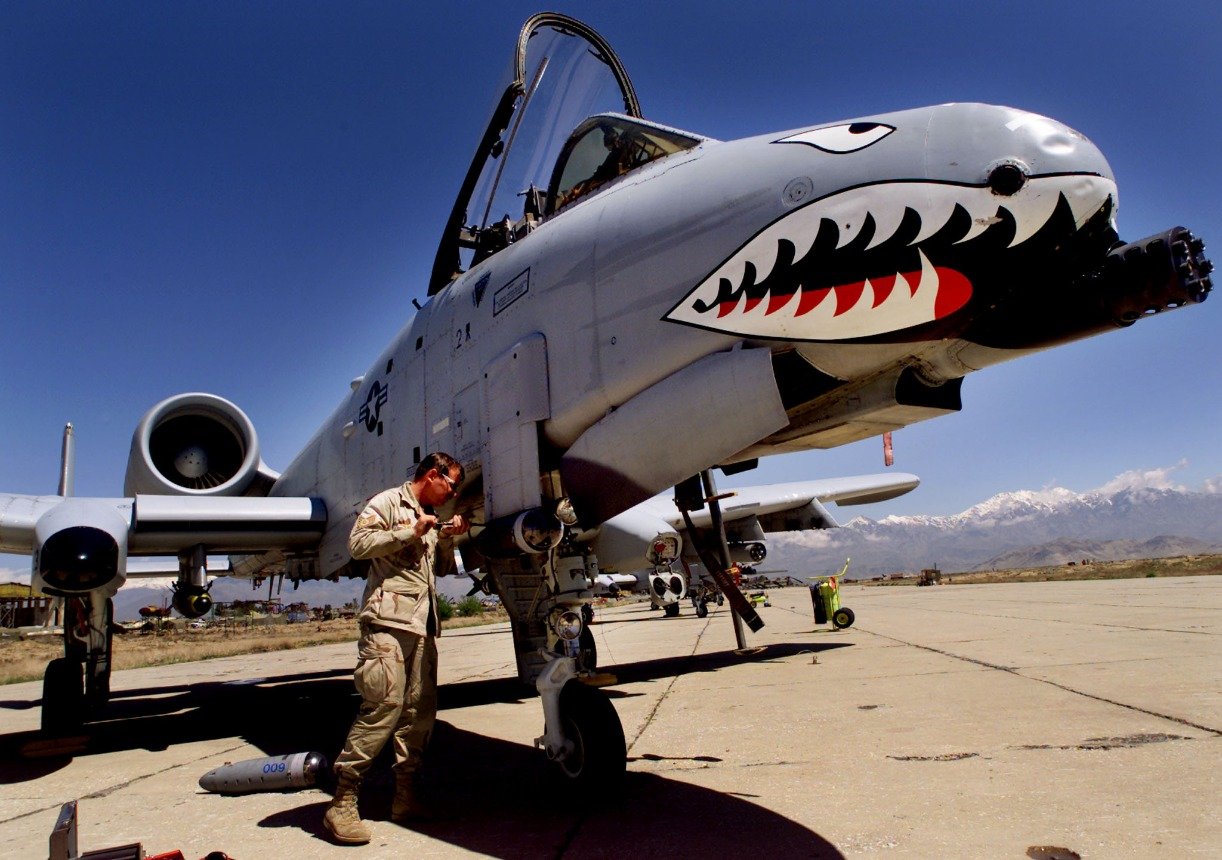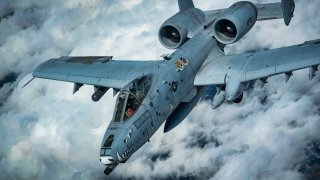The Age of the A-10 Warthog Is Now Quickly Coming to an End
With the 2024 National Defense Authorization easing retirement restrictions, the A-10 fleet is set to become history by the end of the decade, transitioning pilots and maintainers to the F-35 aircraft.
Summary and Key Points: On June 21, 2024, the 354th Fighter Squadron and 354th Fighter Generation Squadron generated their final sortie involving the Fairchild Republic A-10C Thunderbolt II, affectionately known as the Warthog. The "fini flight" was piloted by Lt. Col. Patrick Chapman, marking the end of an era as both squadrons will be inactivated in September. This decision aligns with the Air Force's modernization efforts and the arrival of the 492nd Special Operations Wing at Davis-Monthan AFB. The A-10, renowned for its close air support capabilities and operational versatility, has been a key asset since its first deployment in 1976.

-However, with the 2024 National Defense Authorization easing restrictions, the A-10 fleet is set to retire by the end of the decade, transitioning pilots and maintainers to the F-35 aircraft.
-The Warthog's storied history includes significant roles in conflicts across the Middle East, demonstrating exceptional maneuverability, accuracy, and endurance.
From Combat to Retirement: The Final Deployment of the A-10 Warthog
The 354th Fighter Squadron and 354th Fighter Generation Squadron announced they had generated their final sortie involving the Fairchild Republic A-10C Thunderbolt II – the close air support (CAS) aircraft lovingly known as the Warthog. The "fini flight" on June 21, 2024, was flown by Lt. Col. Patrick Chapman, commander of the 354th Fighter Squadron.
Both squadrons will be inactivated in September.
"The inactivation of the 354th FS and 354th FGS comes as their assigned A-10s are divested as part of the Air Force’s modernization efforts, and as the base makes way for the planned arrival of the 492nd Special Operations Wing," the Air Combat Command announced last week.
Back From Final Deployment
The 354th FS "Bulldogs," has been part of the 355th Fighter Wing at Davis-Monthan Air Force Base (AFB), Arizona since 1975. The unit and its A-10 aircraft were deployed to the United States Central Command (CENTCOM) in October of last year to enhance air operations throughout the Middle East following the Hamas terrorist attack on Israel that ignited the ongoing war in Gaza.
From late October to April of this year, the Bulldogs were deployed to Al Dhafra Air Base to help deter escalation of the conflict.
"Our most recent deployment was an operationally challenging one," added Chapman. "I'm proud of the ops and the maintenance team for stepping up to meet those challenges, which ultimately protected coalition lives during a very turbulent time in the Middle East."
End of the Line for the A-10 Warthog
The retirement of the A-10 has been a long time coming, as Air Force officials have been trying to retire the fleet of A-10s for years, citing that it is well past its prime against a near-peer adversary. U.S. lawmakers had previously pushed back – refusing the service to cut back on the aging aircraft. However, the 2024 National Defense Authorization has eased the current restrictions, and the entire force of Thunderbolt IIs is now on track to be retired by the end of the decade.
Pilots and maintainers at Davis-Monthan will move onto the F-35 aircraft due to the divestment.
Originally designed for CAS by Fairchild Republic, the first A-10 model could carry bombs and rockets on 11 pylons and featured a 30mm GAU-8/A rotary cannon protruding from the nose of the aircraft. The first A-10A Thunderbolt II arrived at Davis-Monthan on March 2, 1976, and it was assigned to the 355th Tactical Fighter Wing, replacing the Vought A-7D Corsair flown by the 355th TFW.

Over the past two decades, the A-10 has been deployed to subsequent operations in Afghanistan, Iraq, and Libya.
Supporters of the Warhog have noted that it offers excellent maneuverability at low airspeeds and altitude while maintaining a highly accurate weapons-delivery platform. The A-10 Thunderbolt II is noted for being able to loiter near battle areas for extended periods, are capable of austere landings, and operating under 1,000-foot ceilings (303.3 meters) with 1.5-mile (2.4 kilometers) visibility.
What is most clear now is that the end is truly near for the old warbird.

Author Experience and Expertise: Defense Expert Peter Suciu
Peter Suciu is a Michigan-based writer. He has contributed to more than four dozen magazines, newspapers, and websites with over 3,200 published pieces over a twenty-year career in journalism.


